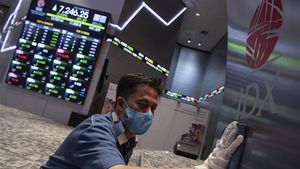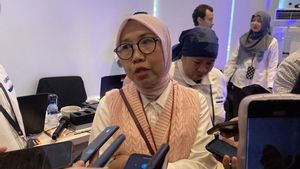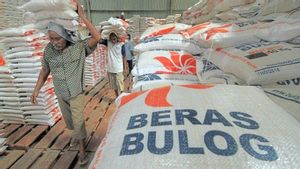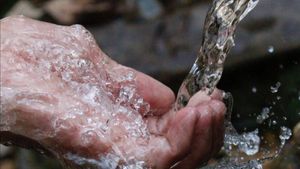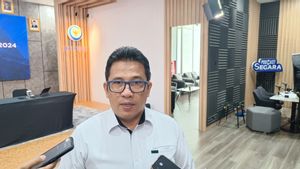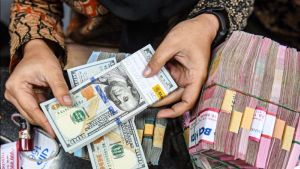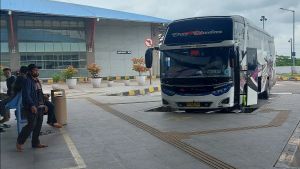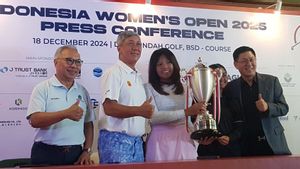JAKARTA - The Indonesian government is working on a PLTS development program, one of which is through a massive rooftop PLTS development approach, to achieve the target of a new renewable energy (EBT) mix reaching 23 percent by 2025.
“The hope in the short term is PLTS. PLTS can be a large-scale generator or a generator at home. On the roofs, in people's houses, in buildings, in warehouses. "This can be done together," said Secretary General of the Ministry of Energy and Mineral Resources Dadan Kusdiana on the sidelines of the 14th Pre-General Assembly of the International Renewable Energy Agency (IRENA) in Abu Dhabi, UAE, quoted from Antara, Thursday, April 18.
Rooftop PLTS is a process of generating electric power that uses photovoltaic modules placed on roofs, walls or other buildings.
The government has been aggressively developing Rooftop PLTS for several years. At the beginning of this year, the government revised regulations related to Rooftop PLTS by issuing Ministerial Regulation (Permen) of Energy and Mineral Resources Number 2 of 2024 concerning Rooftop PLTS Connected to the Electric Power Network Holders of Business Permits for Providing Electricity for Public Use (IUPTLU).
With the issuance of the revised regulation, the electricity buying and selling scheme from the installation of PLTS Rooftops can no longer be carried out by users of PLTS Rooftops. However, the government will provide incentives to attract the installation of Rooftop PLTS.
This is in accordance with Article 13 in the Ministerial Regulation, which states that excess electrical energy from the rooftop PLTS system that enters the IUPTLU holder's network is not taken into account in determining the amount of electricity bills for rooftop PTLS customers. The target set by the government for installing rooftop solar power plants is 3.6 GW by 2025.
Dadan explained that the government actually relies on many types of renewable energy to encourage the EBT mix. For example, for hydropower, there are currently many projects underway. Likewise with electricity generation from wind power, among others, in South Kalimantan.
"PLTS might be quicker to implement," said Dadan.
Indonesia plans to have an EBT mix of 23 percent by 2025. However, until 2023, the EBT mix will only reach 13.4 percent, or only a slight increase from 12.8 percent in 2022.
BACA JUGA:
According to Dadan, the EBT mix in Indonesia is actually always increasing every year. However, at the same time, the use of fossil energy is still ongoing and is greater than the use of EBT so that the increase in the percentage of the EBT mix is slow.
Dadan said that his party continues to calculate the possibility of achieving or not achieving the EBT mix target. If a revision of the target is needed, said Dadan, it is possible that the time period will be extended, rather than reducing the percentage of the EBT mix.
"What we will revise will be the achievement year. Year of achievement. So it doesn't reduce the target from 23 to say 17 percent, right? "We remain at 23 percent," he said.
The English, Chinese, Japanese, Arabic, and French versions are automatically generated by the AI. So there may still be inaccuracies in translating, please always see Indonesian as our main language. (system supported by DigitalSiber.id)



